Take to the skies with our round up of the best drones. Buying a drone for the first time is always exciting. These incredible devices allow us to capture aerial photos and videos from many different viewpoints, and they expand our creative potential. There is never a better time to take to the skies, with models available from multiple manufacturers at a range of price points to suit every budget.
The main reason for investing in a drone is to take photos and videos, so in this guide we focus on drones with a high-quality camera. If you are an absolute beginner looking for an inexpensive model to get you started, we have covered several cost-effective entry-level models to help you get started.
Budget is always important when choosing a drone. The best beginner drones can be purchased for as little as $500/$400, whereas professional-quality consumer models can cost as much as $2200. Beyond this, there are other considerations that you need to consider, such as the size and weight of different models, and whether they offer a fixed or folding design for easy transportation. Look at the camera's features to make sure the drone can deliver the photos and videos you want.
Below are our top picks for the best drones you can buy right now.
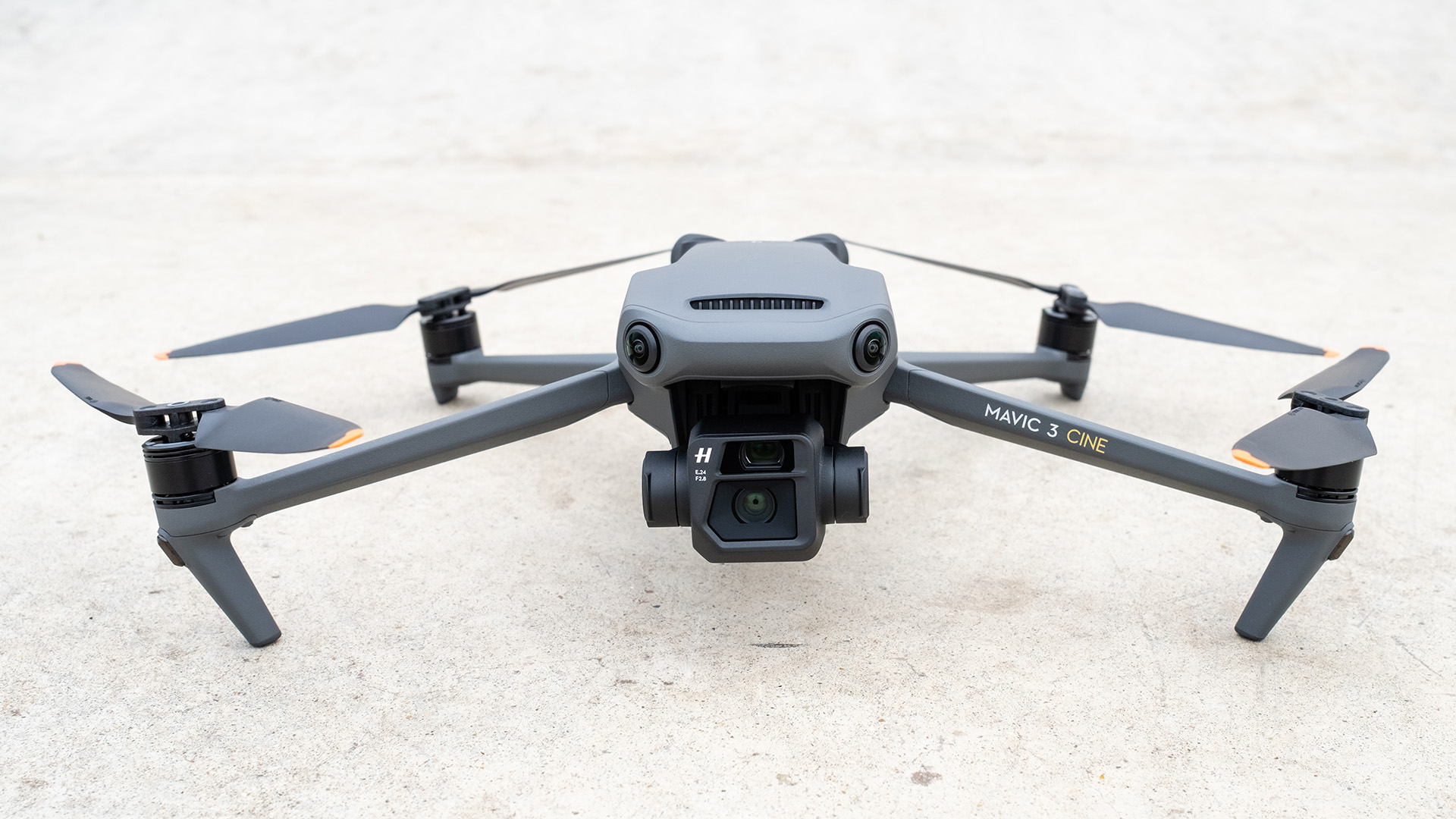
If you're a professional photographer or videographer looking for the highest possible image quality in a portable and lightweight drone, then look no further than the DJI Mavic 3. A dual camera with a large Four Thirds 20MP sensor and a fixed focal length in the main camera offers excellent image quality for stills and video.
With video possible at up to 5.1K in standard and Raw formats, stills in Raw and JPEG format and other advanced features, it's a drone that's aimed at professionals. The second camera of the Mavic 3 can only shoot images in JPEG and standard video at 30 frames per second in auto mode, but it does offer a hybrid zoom of up to 24x.
The two lightest models of the Mavic 3 weigh 895g and 899g. The standard model provides 8 gigabytes of internal storage, while the Cine model has an internal 1 terabytes of storage. Both models have a microSD card slot.
The consumer model of the drone provides up to 46 minutes of flight time with several incredibly useful safety features on offer. The Advanced Pilot Assistance System (APAS) 5.0 uses six fish-eye sensors and two wide-angle sensors to sense obstacles in all directions, as well as the multi vision sensors in the Mavic 3. When enabled, the drones can fly autonomously around obstacles.
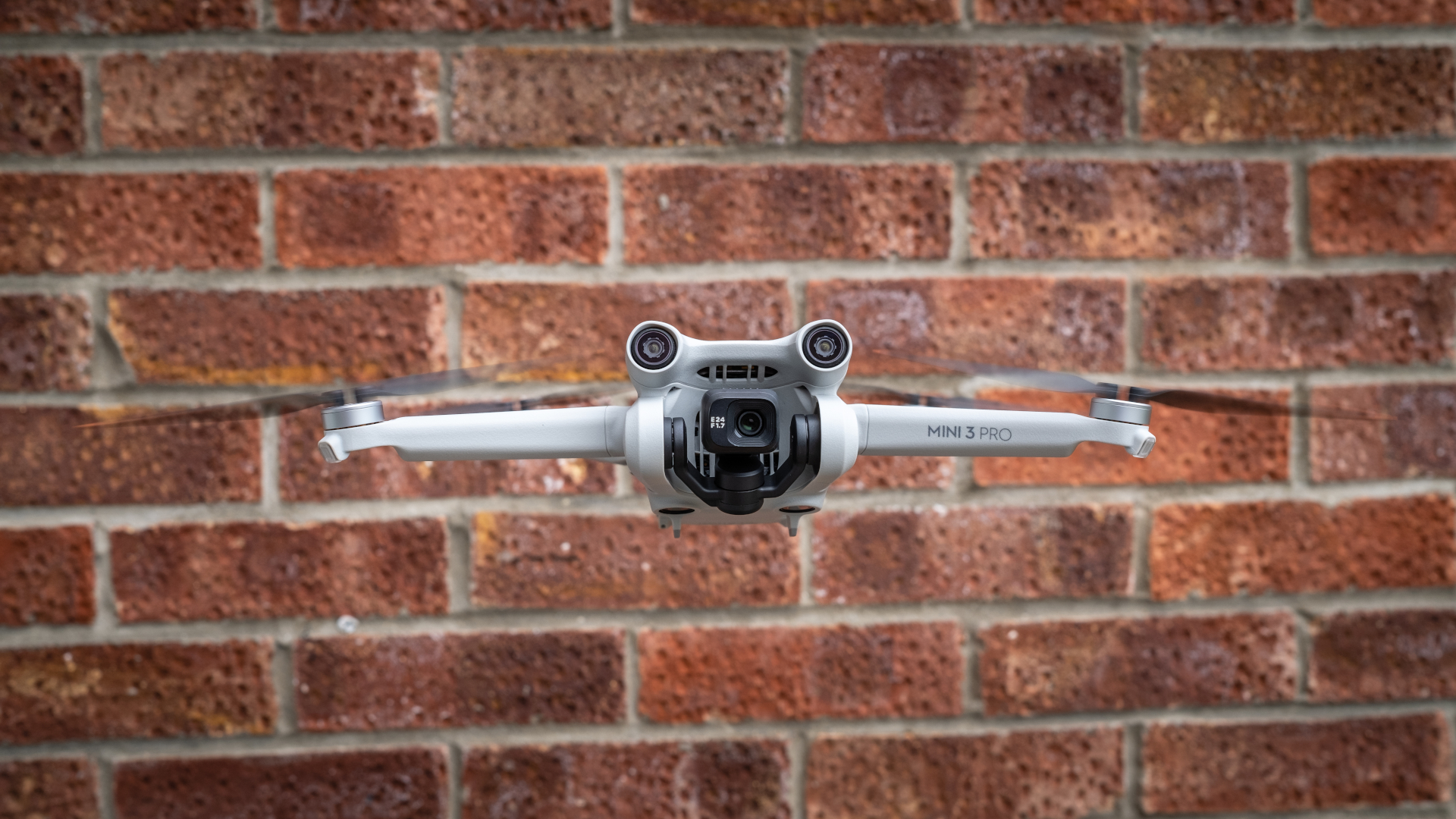
Thanks to being a member of the sub 249g category, the DJI Mavic Mini series has taken the world by storm. These drones are incredibly small and lightweight and can be flown in more places than larger drones. The latest iteration of the popular series, the DJI Mini 3 Pro, addresses several flaws of previous models to make it the best one to date.
The Mini 3 Pro is so small and lightweight that it is a pleasure to carry around. Don't think that this palm-sized drone doesn't pack a punch. The new 12.1MP sensor, capable of shooting 48MP Raw files and JPEGs, produces fantastic image quality with excellent high ISO noise handling thanks to dual native ISO capturing technology. This drone has some serious low light credentials, and it is possible to combine this with the 24mm equivalent lens and fast f/1.7 aperture.
The new model is capable of satisfying the needs of both professional and enthusiast drone pilots. Tri-Directional Obstacle Sensing uses multiple sensors. Obstacle avoidance and automated flight patterns are provided by Advanced Pilot Assistance Systems. Video can be captured in 4K up to 60 frames per second, 2.7K up to 60 frames per second, and FHD up to 120 frames per second with Normal and D-Cinelike colour profiles available. 2x at 4K, 3x at 2.7K and 4x at FHD are provided by the digital zoom.
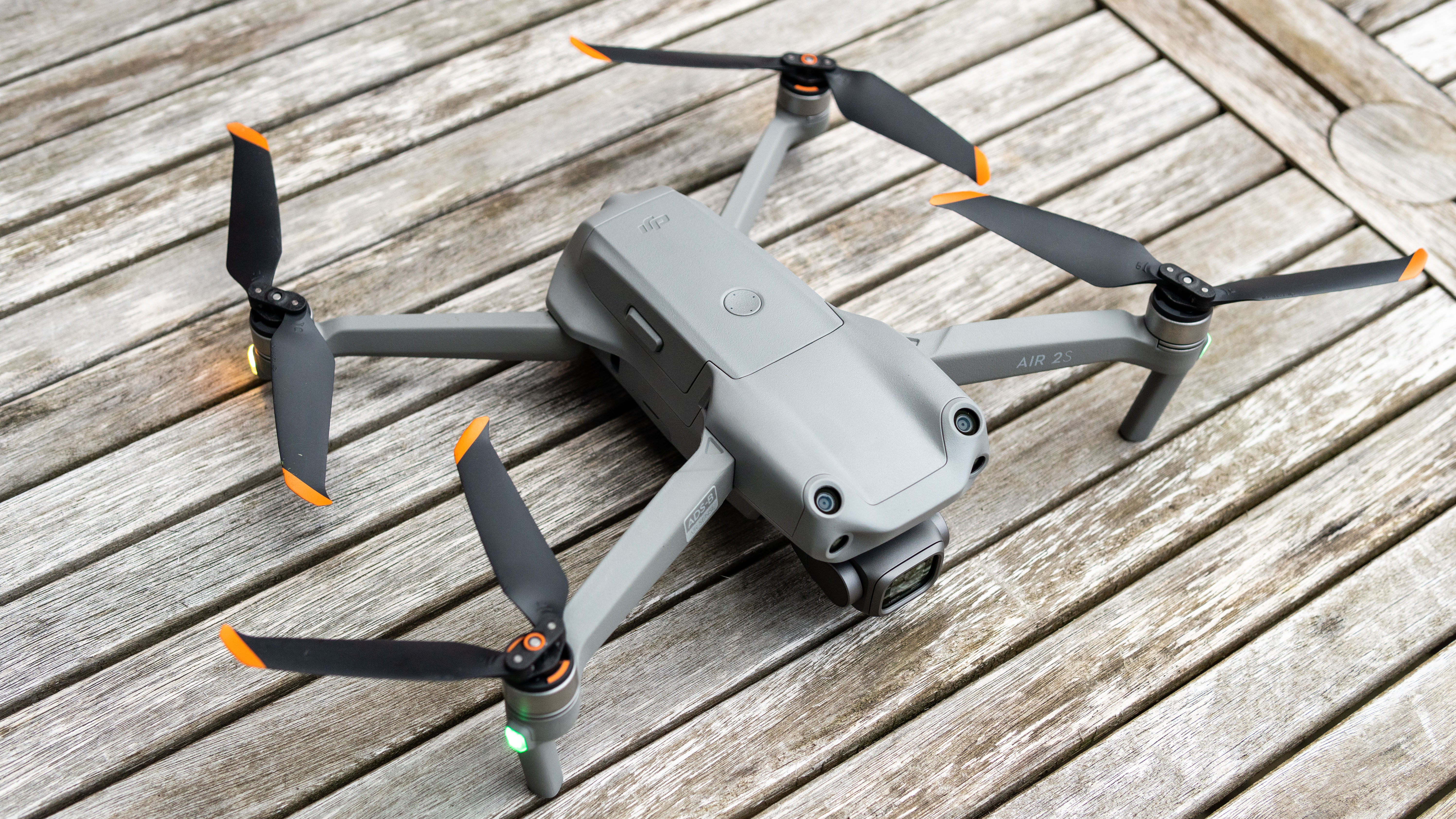
The smallest, most lightweight drone has a 1-inch sensor. It's ideal for photographers and videographers who carry other kit with them while exploring the outdoors or for those who like small and lightweight tech. The 20MP sensor is capable of capturing stills in both Raw and JPEG formats, along with video up to 5.4K at 30 frames per second, although lower resolutions such as 4K can be captured at higher frame rates.
The Air 2S has a folding design that makes it more portable with a weight of just 595g. The battery life is advertised as offering up to 31 minutes of flight time and the digital zoom is capable of magnification up to 8x when shooting FHD videos with a sliding scale to 4x.
The features of the Mavic Air 2S make it ideal for both amateur and professional use. The Advanced Pilot Assistance System (APAS) can be set so the drone flies autonomously around obstacles when detected, as well as obstacle sensor in four directions.
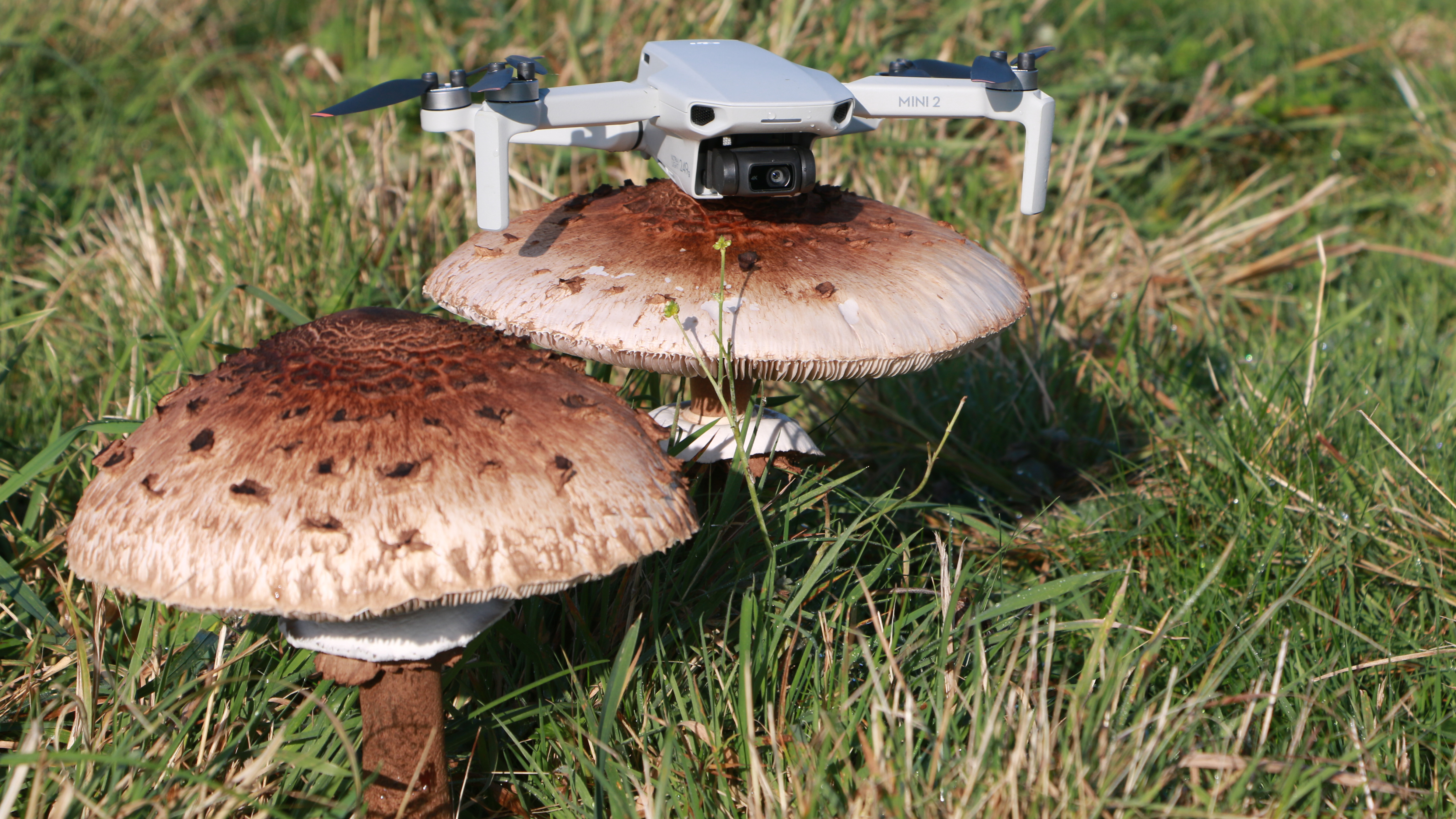
If you're a beginner or an experienced pilot looking for the lightest and portable drone available, the 249g palm-sized Mavic Mini 2 is a great option. Not only is it exempt from having the owner register with the FAA in the US, but it is also packed with impressive features. You can shoot stills in both Raw and JPEG formats with the 1/2.3-inch 12MP sensor.
It is incredibly small and has a folding design that makes it easy to carry in a bag. Flight time is advertised as being up to 31 minutes and there is a digital zoom that can be used to get closer to the action.
Although there is no Raw video recording available, the features on offer are impressive and this is unsurprising in a beginner model. There is more than enough features to keep experienced pilots happy. It doesn't offer collision/obstacle avoidance, but it does have Return to HomeFunctionality and uses gps positioning.
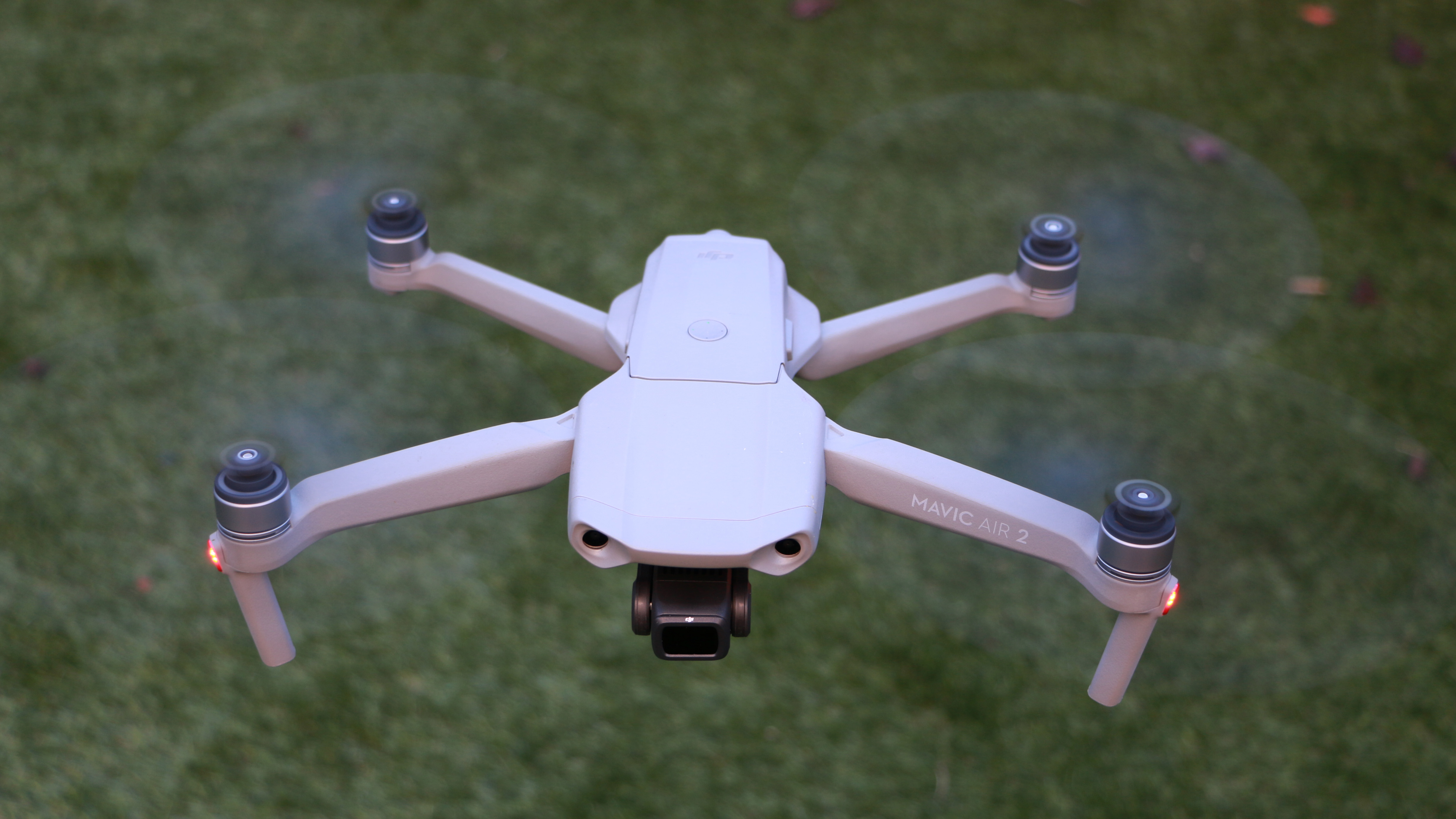
The Air 2S is 25g lighter than the Air 2S, and is much less expensive, making it ideal for those on a budget. The Air 2 can capture stills in both Raw and JPEG formats, as well as video at up to 4K at 60 frames per second. The D-Cinelike profile and the Standard profile can be captured by the drone.
The standard folding design of the Mavic series makes the Air 2 look almost identical to the Air 2S. The advertised flight time is up to 34 minutes and the maximum flight speed is up to 42mph. There is no digital zoom available with this model, but you can capture 48MP stills that are saved as JPEGs, so you can crop photos down to achieve a similar effect, and with video you have to zoom into 4K footage slightly and output at FHD in video.
The front and rear obstacle sensors are provided by the Mavic Air 2, as well as the bottom of the airframe. The Advanced Pilot Assistance System (APAS) 3.0 can be set up to fly around objects when detected or to brake, and the drone also featuresgeofencing to keep it away from airports. The larger size of the Mavic Air 2 makes it a strong beginner option, along with the video function.
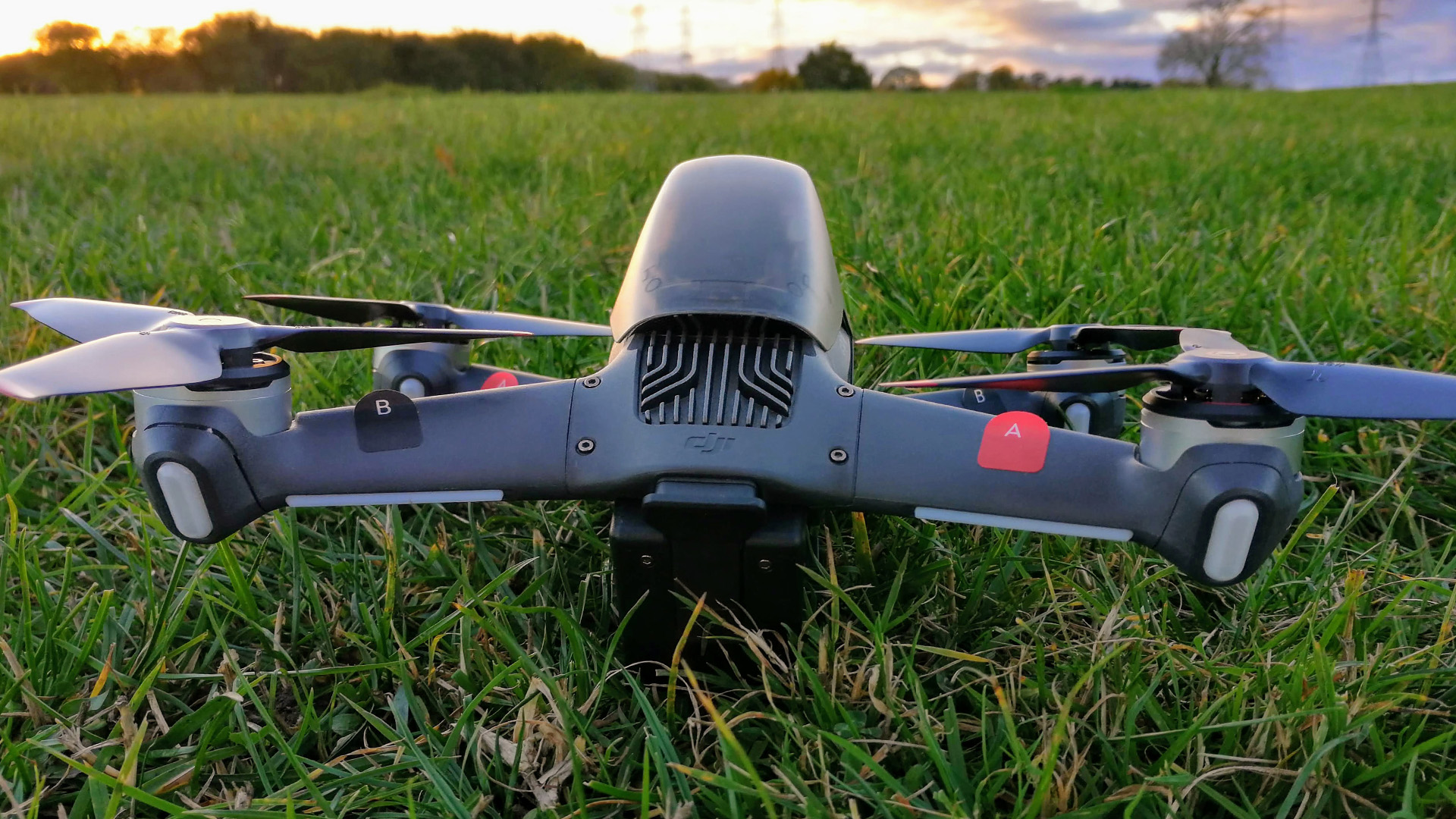
Anyone can enjoy the flying experience and video offered by the drones in an easy to fly package. When flying outdoors, you have to have someone with you to see the drones in the air, even though the FPV comes with a first-person camera view.
The propellers need to be fitted and removed before and after flight, with the fixed upright body and propeller arms. The ability to fly at speeds of up to 60mph in Sport mode and up to 87mph in manual mode is only available to experienced pilots, but the sheer amount of fun it provides and the ability to fly at eye-watering speeds of up to 60mph in Sport mode and up to
4K video looks great and can be captured in a Standard profile, as well as D-Cinelike (Raw), but stills function is limited to JPEGs which are mediocre overall. The safety features of the drones are limited compared to the standard drones, but they do use gps positioning in Normal Mode, and have sensors that alert you to potential accidents, but they won't stop the drones from flying.
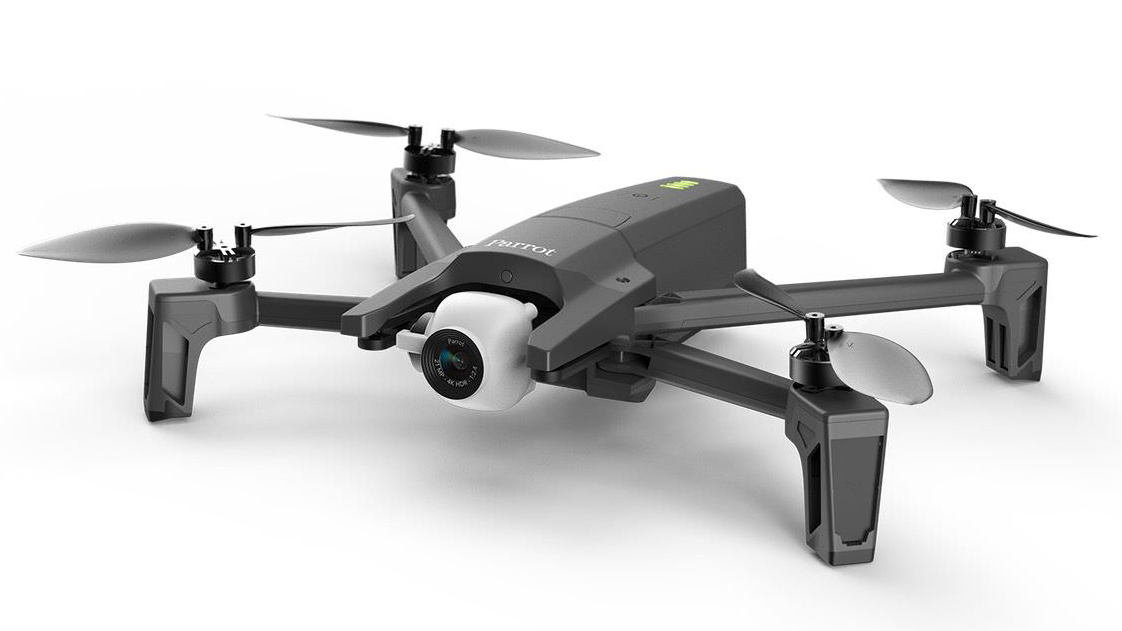
In the world of drones, there are few and far between options, but with the Parrot Anafi you get a photo resolution of up to 21MP and video at up to 4K. There is a standard digital zoom up to 3x and a 2.8x zoom that is claimed to be lossless. Compared to other drones in this guide, the Parrot Analfi offers limited video functions in terms of frame rates, but this simple approach may appeal to beginners who feel overwhelmed by too many options to choose from.
The Anafi has a folding design which makes it long and thin for transport and storage, and the light weight of just 320g adds to the portability factor. Like most drones, the Anafi features automated flight patterns to make it easy to capture professional-looking videos with ease, but where it differs is that the Gimbal only works on 2- axis rather than three, and electronic stabilization works on 3- axis to provide a hybrid solution.
The Anafi only offers aGPS positioning to hold the drone in position and avoid drift in wind. You have to take care during flights because there is no collision avoidance.
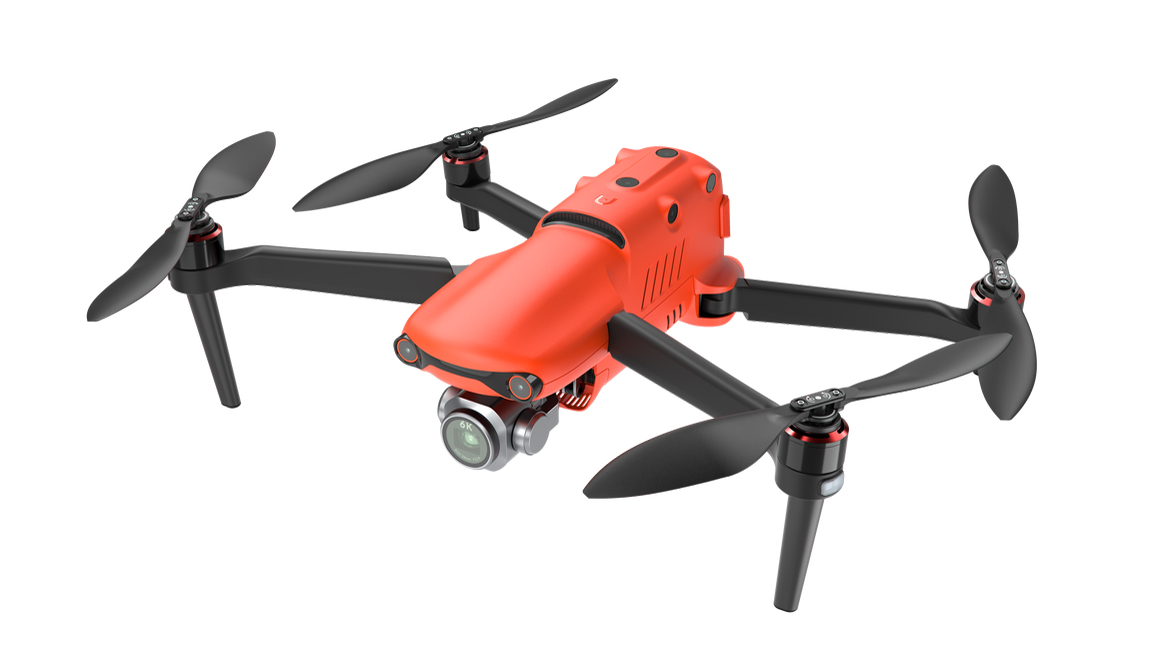
The Autel Evo II Pro is one of the strongest competitors to the Mavic's range because it has a 20MP camera that can capture photos in both Raw and JPEG formats. Standard and A-Log (Raw) colour profiles are available so it is a strong performer with some impressive credentials in this area.
In terms of design, the Evo II Pro is a bright orange folding drone with a similar folded and unfolded size to the Mavic 3, although exact specifications are unavailable. It has a maximum take-off weight of 1999g and is slightly heavier at 1191g, but it can safely carry accessories if required. The maximum wind resistance is 39mph with a top speed of 45mph.
Safety is a priority with an omnidirectional binoculars system that supports collision avoidance and precise gps positioning. Autel's technology and impressive features make them a strong competitor to the Mavic range because of their ability to shoot higher resolution video.
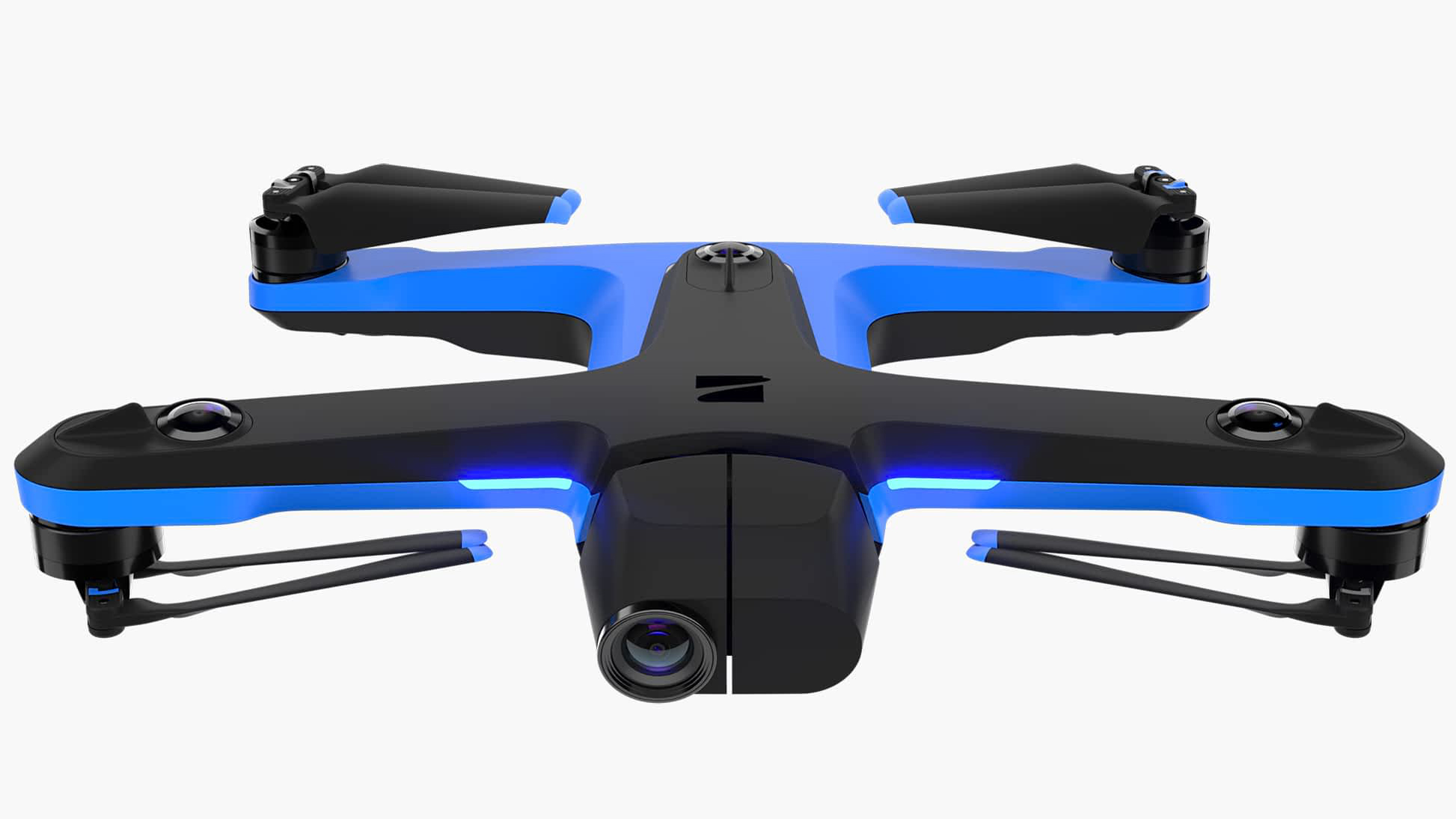
The Skydio 2 is the most intelligent and successful of all the drones that offer it. It's easy to fly for beginners and provides the ability to shoot photos in Raw and JPEG formats as well as video at up to 4K at 60 frames per second. Skydio 2 is only available in the United States and Australia.
The Skydio 2 is less portable than folding drones in terms of shape. It is not going to be a burden to carry. The battery is attached to the bottom of the body with the front and rear propellers facing in opposite directions. The main purpose of the drone is to allow users to capture amazing tracking videos in even the most complex environments.
The Skydio 2 uses a dedicated flight system with a view for collision avoidance. The battery life of the drone is only up to 23 minutes.
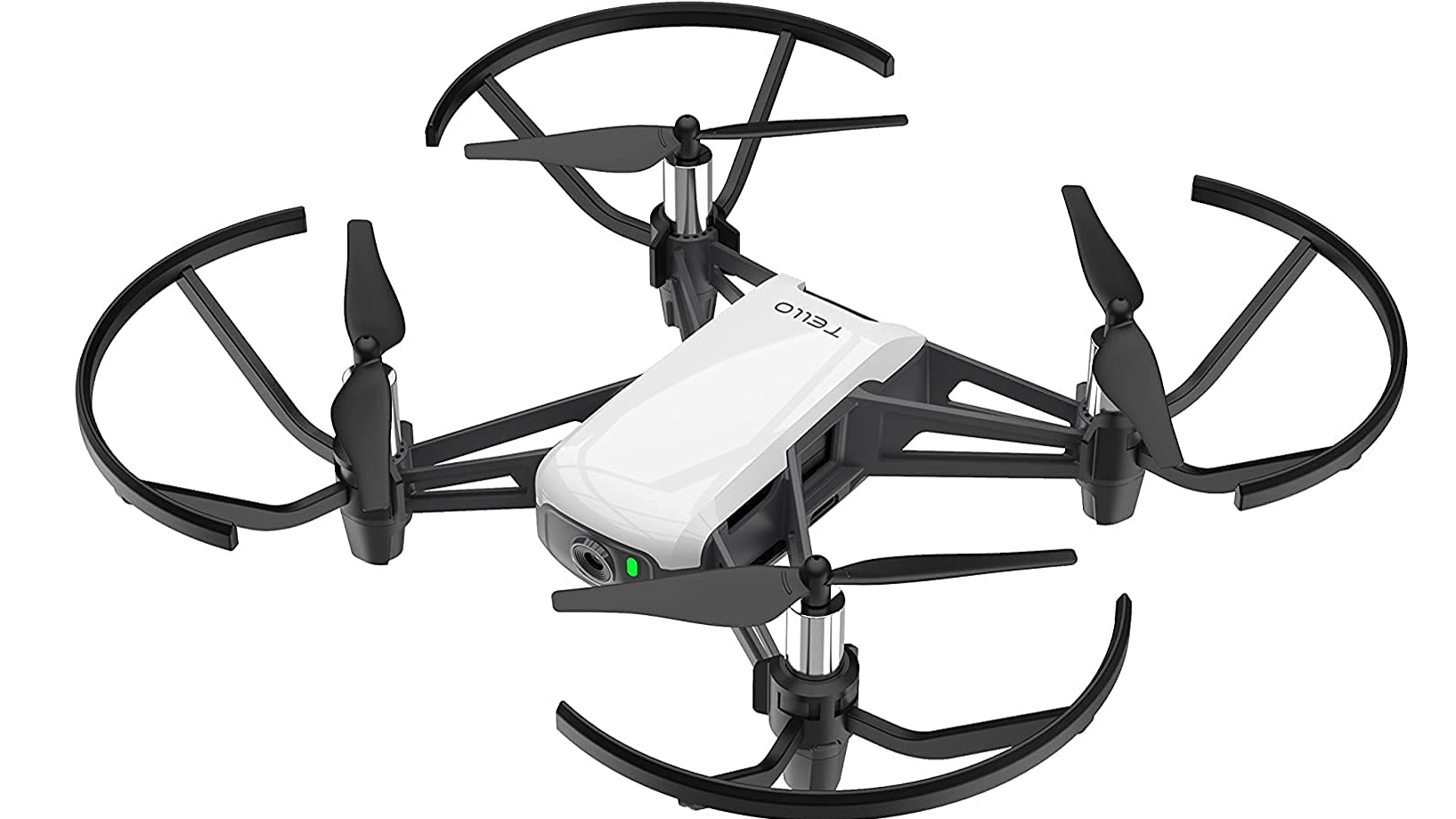
There are two main categories for drones: toys and serious camera drones for shooting photos and videos. While the Tello has limited photo and video capabilities, it may be an inexpensive way for beginners to get a feel for how they operate without the risk.
The limited camera capabilities, lack of a Gimbal and maximum flight time of 13 minutes mean that you wouldn't want to buy this drone for creating high-quality visuals. That doesn't mean it can't be fun, and as previously mentioned provide a stepping stone into the world of drone flying.
The Tello can be flipped in mid-air, take-off from the palm of your hand, and the propeller guards are small enough to fit in a purse. The flight distance is limited to 100m, and most people control the drone using the controls in the app, and it can be programmed using Scratch making it an educational and fun device for kids.
Buying a new drone is an exciting prospect because it will allow you to discover new and interesting views of the world. Whether you can afford the best model money can buy or not, drone technology has made leaps and bounds in the last few years so it's unlikely that you'll be disappointed.
When it comes to drone technology, value, features and the number of models available, DJI is the market leader. It is safe to say that there is something for everyone in the DJI lineup. Autel, Parrot and Skydio all offer compelling alternatives and unique features that will appeal to many drone pilots so they are all worth considering.
You must register as a pilot with the FAA in the US if you buy a drone that weighs more than 249g. Failure to register could result in a hefty fine and it is worth taking the time to do so.